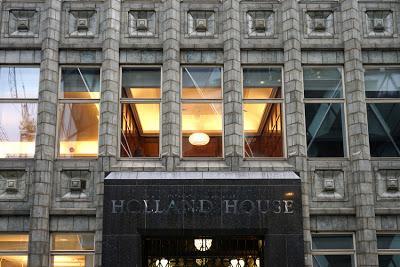
2016 is an unusual centenary year for a building, because 1916 was the middle of the First World War. However, as the name suggests, Holland House in the City of London was built by a Dutch company, Wm. H.Müller and Co; the Netherlands were neutral.
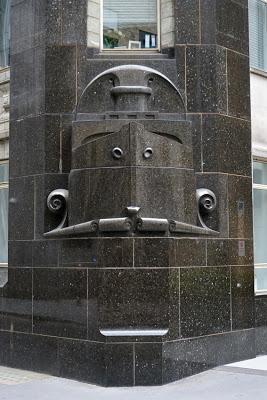
Wartime austerity and material shortages don't seem to have caused too many problems, as the building has some lovely details. Outside, a black granite ship by Joseph Mendes da Costa reflects the company's main business of shipping - although they were also involved in other fields such as steel and mining.
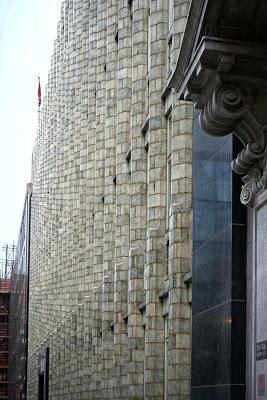
Turn the corner to the front of the building, and it offers an extraordinary vertical composition. That is deliberate: the street was narrow, so this was the view most visitors got. Today, however, the opposite side of the road has been opened up to form part of the Gherkin's piazza, so you can get a clearer view front-on. The glazed terracotta bricks of the facade were hand-made in Delft, designed to protect against smog and fire, and transported to London on the company's own ships
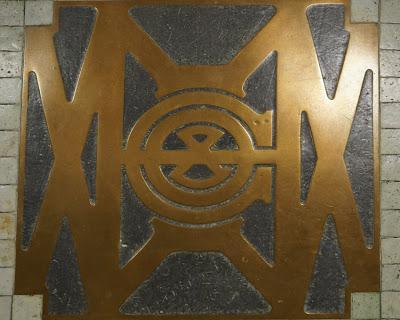
The architect was Dutch: Hendrik Petrus Belage. A leading practitioner in the Netherlands, this is his only London work and one of the first steel-framed buildings in Europe. It is no coincidence that he had visited the United States in 1911, where he was influenced by the steel-framed buildings he saw there.
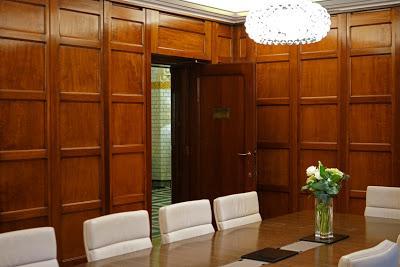
However, in 1919 he stopped working with Müller and Co. The interior was not quite complete so a Belgian, Henri van de Velde, was responsible for the mahogany panelling (with wood from one of the company's ships) and furniture.
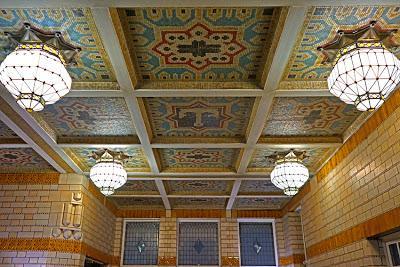
The stained glass windows and lanterns are the work of Bart Van Der Leck. He also designed the gorgeous mosaics which line the lobbies on each floor.
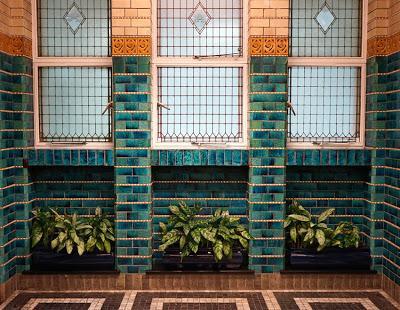
In the basement, the lower part of the mosaics is a glorious marine blue, recalling the sea which was so central to the occupants' activities.
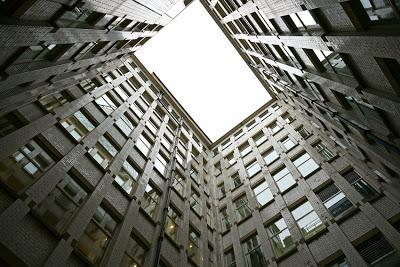
The site is somewhat awkwardly shaped: there's another building, Renown House, in the corner because its owners wouldn't sell to Müller. Verlage addressed some of the resulting issues with a central lightwell which brings daylight into the building.
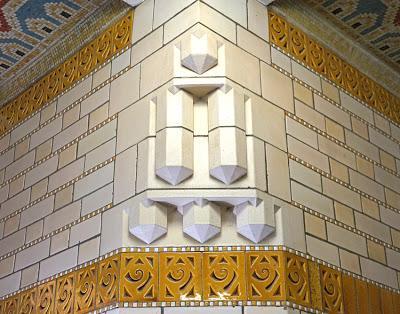
Müller have long since ceased to occupy the building. Subsequent occupants have removed many of the original features, but a 2007 restoration of what remains has helped to highlight how very special Holland House is.

